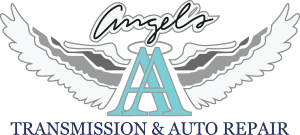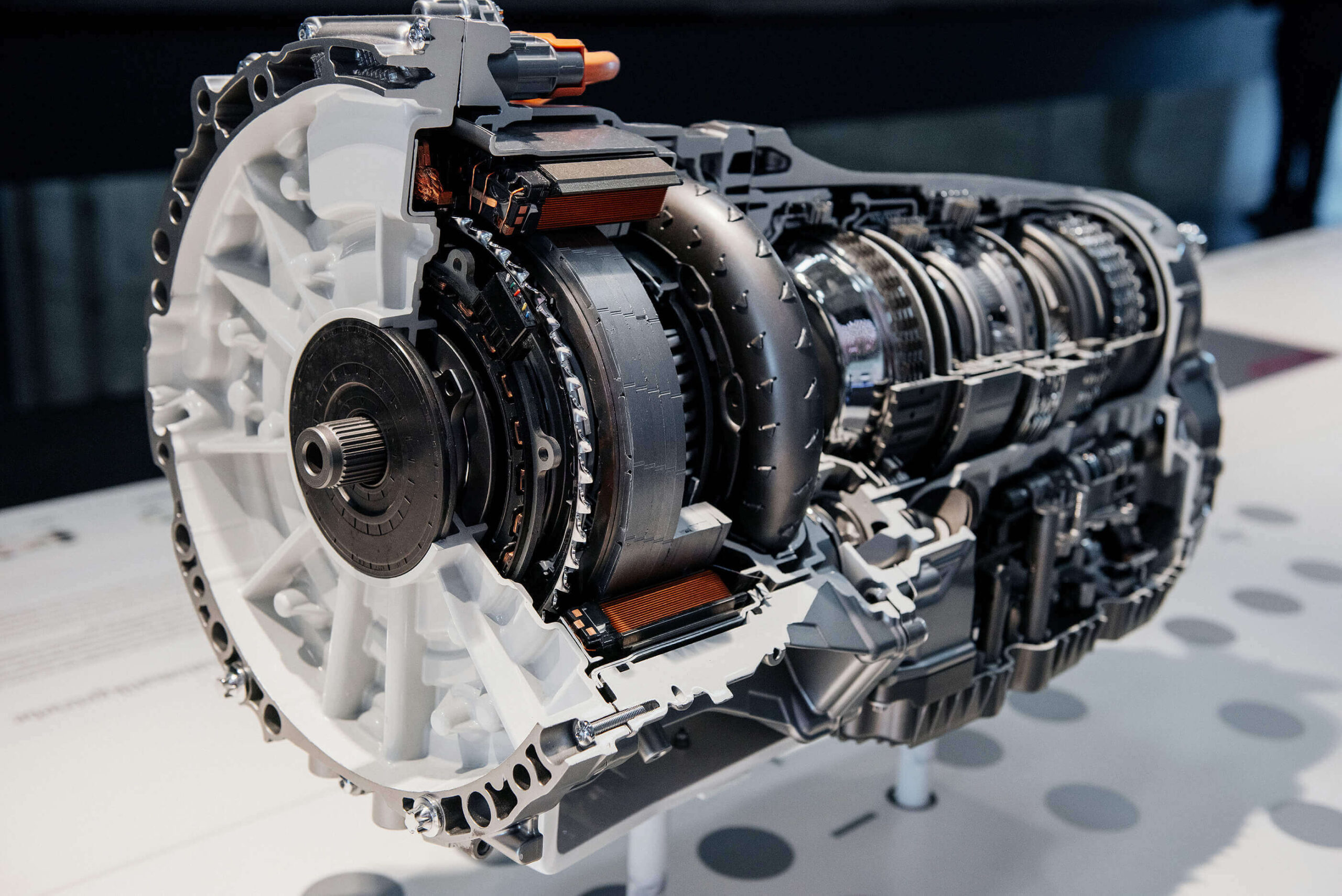Most vehicles driven in the United States are equipped with an automatic (or manual) transmission, although, there are other types of the automatic transmission that are utilized in today’s vehicles like the CVT (constantly variable) or a dual clutch transmission.
- Manual transmissions have been around the longest and they require the driver to manually change the gears in a vehicle’s transmission to optimize the mix of speed and power. This is typically done with a shifting lever and knob located near the center console, immediately to the driver’s right or on the right side of the steering wheel. To shift gears the driver presses the clutch pedal to disengage the gears (neutral) and after shifting in to higher or lower gear, releases the pedal thus re-engaging the gears. If you are ever unsure whether a vehicle is an automatic or manual, just look down at the driver’s foot pedals. If there is a third pedal, then the car is a manual transmission.
- Automatic transmissions shift themselves between gears and into neutral automatically based on driver input from the throttle and brake. The transmission itself is controlled by your car’s brain—the central computer. Automatic transmissions have several advantages – they are more fuel-efficient and offer a smoother, more-seamless ride than their manual counterparts. However, they do not offer you that same degree of control that you would get from a manual, and as such they are not the best for specialized uses. The most popular form is the hydraulic automatic transmission. Similar but larger devices are also used for heavy-duty commercial and industrial vehicles and equipment.
- A constantly variable transmission (CVT) is variation of an automatic transmission. It can change seamlessly through a continuous range of gears, rather than a fixed set of gears. What this means is better engine efficiency and fuel economy. A continuously variable transmission (CVT), also known as a shiftless transmission, single-speed transmission, stepless transmission, or pulley transmission, is an automatic transmission that can change seamlessly through a continuous range of effective gear ratios. Despite apparent similarity to other transmissions, traditional automatic transmissions vary significantly in internal operation and driver’s feel from CVTs. In contrast to conventional automatic transmissions, a CVT uses a belt or other torque transmission scheme to allow an “infinite” number of gear ratios instead of a fixed number of gear ratios.
- A dual clutch transmission is sort of a “hybrid” between an automatic and a manual transmission. Many sport vehicles are equipped with this type of transmission because it uses two clutches, and it switches gears faster than a manual or automatic transmission, and therefore makes it possible to speed up and slow down faster.
The ability to shift gears manually, often via paddle shifters, can also be found on certain automated transmissions (manumatic such as Tiptronic), semi-automatics (BMW SMG, VW Group DSG), and CVTs (such as Lineartronic).
Transmission Services at Angel’s Transmission and Auto Repair
Do you need your transmission serviced?
Our experts at Angel’s Transmission and Auto Repair can provide you with everything you need, from diagnostic to repairs to scheduled or preventative maintenance such as fluid and filter services. Our expert technicians provide the skilled labor and quality parts you need to keep your car running at its best. Our top priority is to provide you with high-quality service every time we work on your vehicle. To help keep you safe while you drive, and to keep you from overspending in the future. Your complete satisfaction will always be our main concern.
Angel’s Transmission and Auto Repair has been serving clients in Mission Viejo and nearby communities for almost three decades. Our technicians are continuously training to stay updated on the latest information and technology. The skilled and certified technicians average 20 years of experience in the Automotive Repair Industry.
Call us today at (949) 587-9060 for an appointment or fill out our contact form and let us help you with transmission repair services or general auto repair.



